Hot water radiators are useful home appliances which help to heat up rooms and spaces during cold weather conditions and work better than most room heaters. These devices are either installed in series mode or in parallel mode, depending upon personal preference. Well if you are someone who is planning to install hot water radiators at home or office, then you will have to decide this too. Also, you will need to decide between one pipe systems and two pipe systems. This article will help you learn about hot water radiators in series as well as in parallel.
BASIC DIFFERENCE
The efficiency of any given radiator is a function of the difference in temperature between the two fluids that are being talked about. If every other quantity is equal then the radiator with a greater temperature differential will transfer more heat.
Now, if you attach the radiators in parallel, each will get 1/N of the flow, but they will have the same temperature gradient from input to output.
However if you connect them in series, the entire flow will go each one of them, but each will have only roughly 1/N of the overall temperature difference across it. In this case, the hottest one will have the highest differential, because it is transferring more heat to other fluid.
When you are going to install a central heating system, then you will be faced with two choices: one pipe systems or two pipe systems.
Hot water radiators in parallel:
- Two pipe systems consists of two separate pipes wherein one is for feeding hot water to the radiators and one for conveying used water back into the boiler unit. This means that the radiators are installed in parallel style. It is a fact that two pipe systems are more expensive than one pipe systems but at the same time they are more preferred in modern day buildings.
- Two pipe systems or hot water radiators in parallel are available in two variants.
- One variant is made of copper or plastic pipes which are attached to a collector wherein each of the radiators have a separate supply and return pipe. This is one of the most common systems being used these days. The other variant is made of steel pipes. In this each of the radiators is connected separately to the supply pipes and the return pipes.
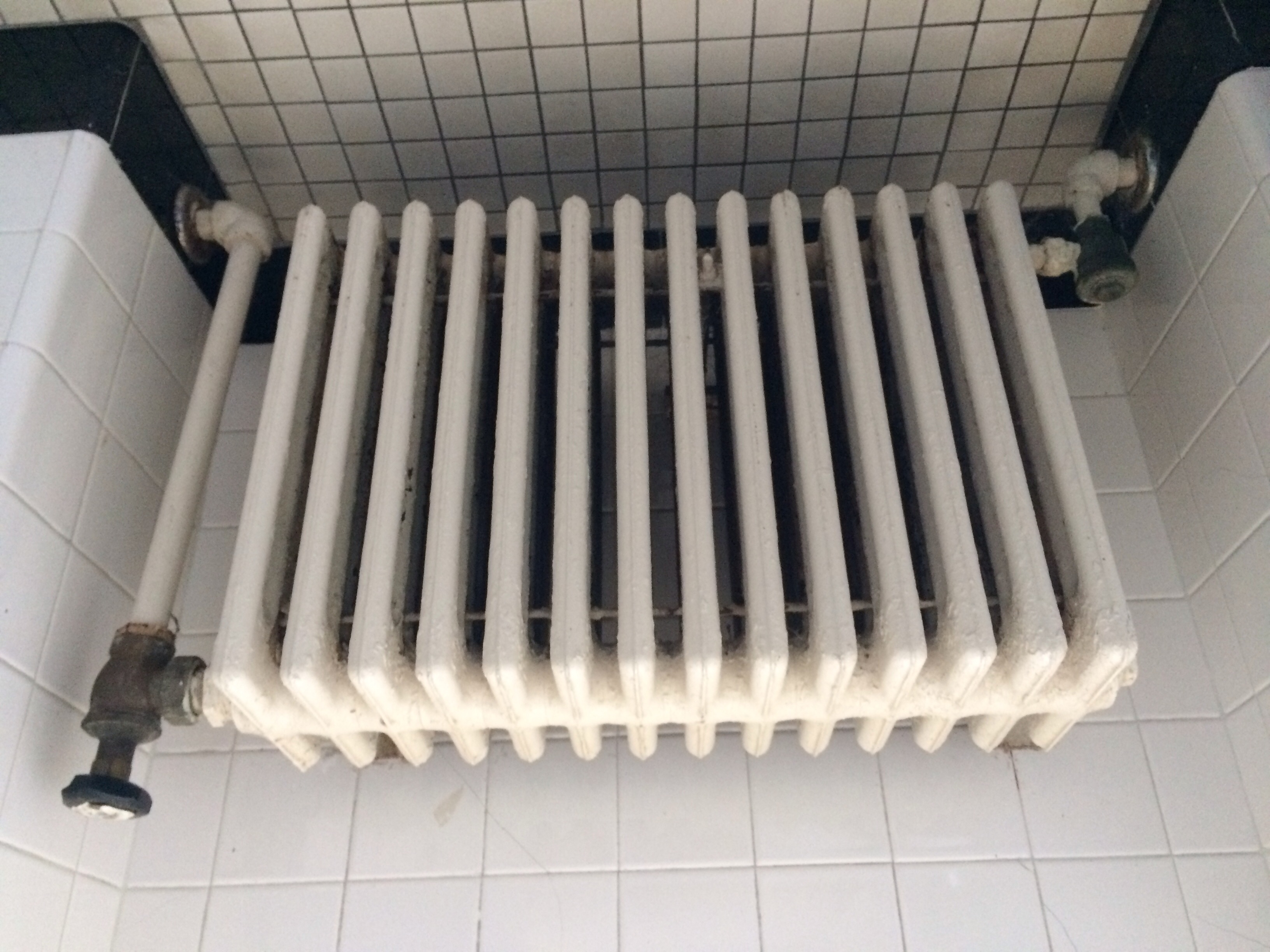
Image Credits: Wikimedia Commons
Hot water radiators in series:
- Radiators in series are also known as one pipe systems.
- This type of a system was used very widely in housing constructions in the seventies as well as the eighties but some people get them installed even today.
- In this, the radiators are in series wherein one radiator’s return water serves as the supply for the next one and so on. This means that the last radiator in the unit gives out less heat as compared to the first one.
- Thus to make up for the loss of heat the radiators must increase in their size as they move farther from the heat source.
- For this, there is another option as well and this is to install a bypass valve that mixes cooled return water with warm water before conveying to the next one.
Now that you have learnt all about hot water radiator installation, you are more equipped with knowledge to decide important things during the process. If you are someone who wants to get any of these systems installed, you can contact professionals from Mr Right for General home appliances repair.
Loading recommendations...

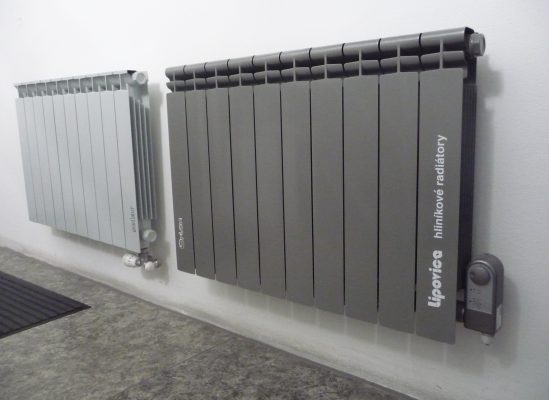

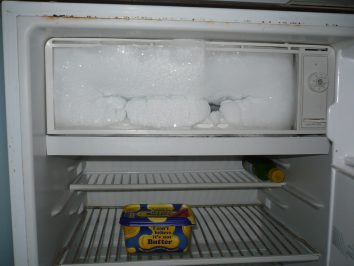
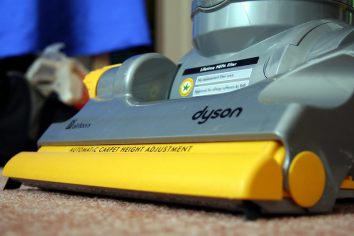
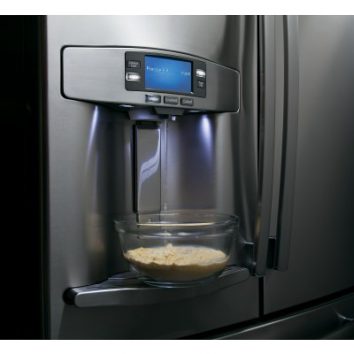
This is a great bit of writing. I would like to know how fantastic the information in your essay is Happy wheels.
Thank you for sharing about hot water radiators in series and parallel. It’s really interesting blog post.
Manali Tour Package
Hot water radiators are a great choice for efficient heating. Thanks for explaining their benefits!
This blog post is a fascinating exploration of hot water radiators and their benefits in providing efficient and comforting warmth. Appreciations to the writer for sharing their expertise and providing readers with valuable insights into the world of hot water radiators. Well done!
Thanks for sharing valuable information !
Ac Repair & ServiceIn Gujarat we have all conclusion and solution of all type of Cooling and heating equipments of home appliance.
In Gujarat we have all conclusion and solution of all type of Cooling and heating equipments of home appliance.
thanks for your opinion